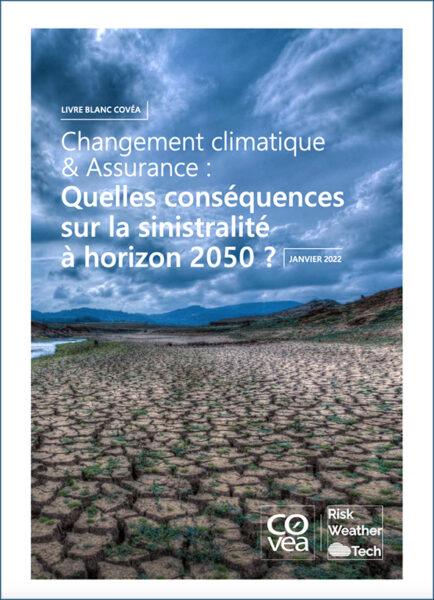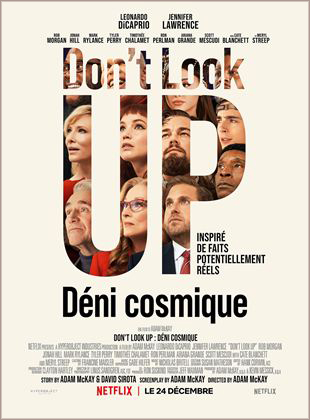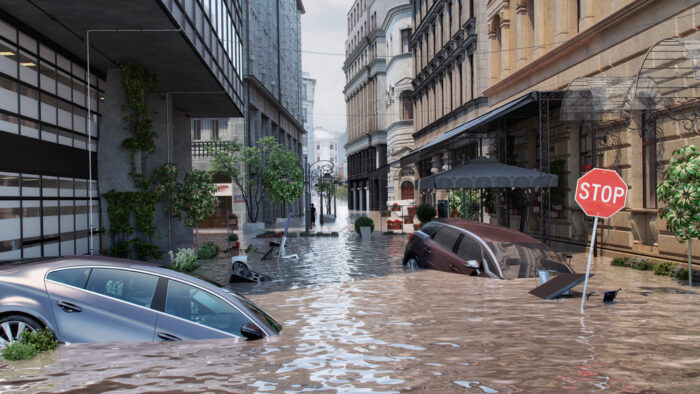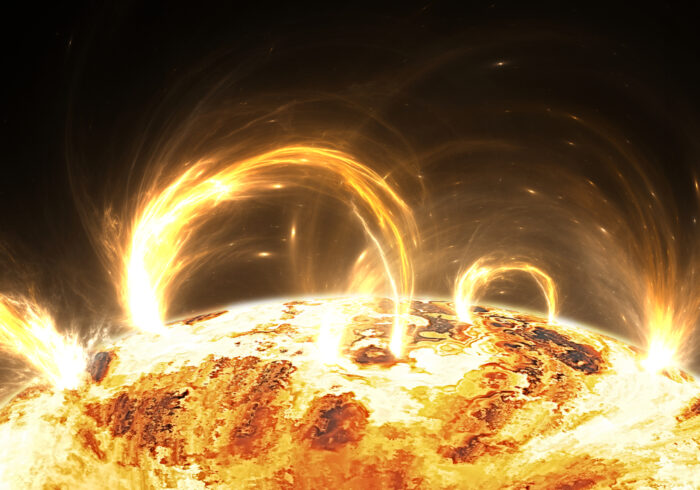From the Earthquake of Kanto to the Earthquake of Kobe. Utility and Limits in Forecasting Catastrophes
September 1923: the great earthquake of Kanto causes thousands of death and immense damage in Japan.
January 1995: the terrible earthquake of Kobe, in its turn, sows consternation.
Have we learned nothing during the seventy two years which separate these two earthquakes either as to forecasting or prevention? Bernadette de Vanssay reports in the present article on the one hand about these two earthquakes and on the other about a remarkable book by Peter Hadfield “60 Seconds that Will Change the World: the Coming Tokyo’s Earthquake”.
She shows how much the development of seismological knowledge is recent, fragmented and controversial. Worse, she shows how little public policy takes account of scientific knowledge, the extent to which economic and social actors ignore the risks even if they are “highly probable in the near future”.
The analysis relates to seismic risks in Japan, but the readers of Futuribles will not be mistaken: it applies broadly as well to risks of other kinds in the West as well as in the East.
Du séisme de Kanto au séisme de Kobé. Utilité et limites de la prévision des catastrophes
Cet article fait partie de la revue Futuribles n° 219, avr. 1997



